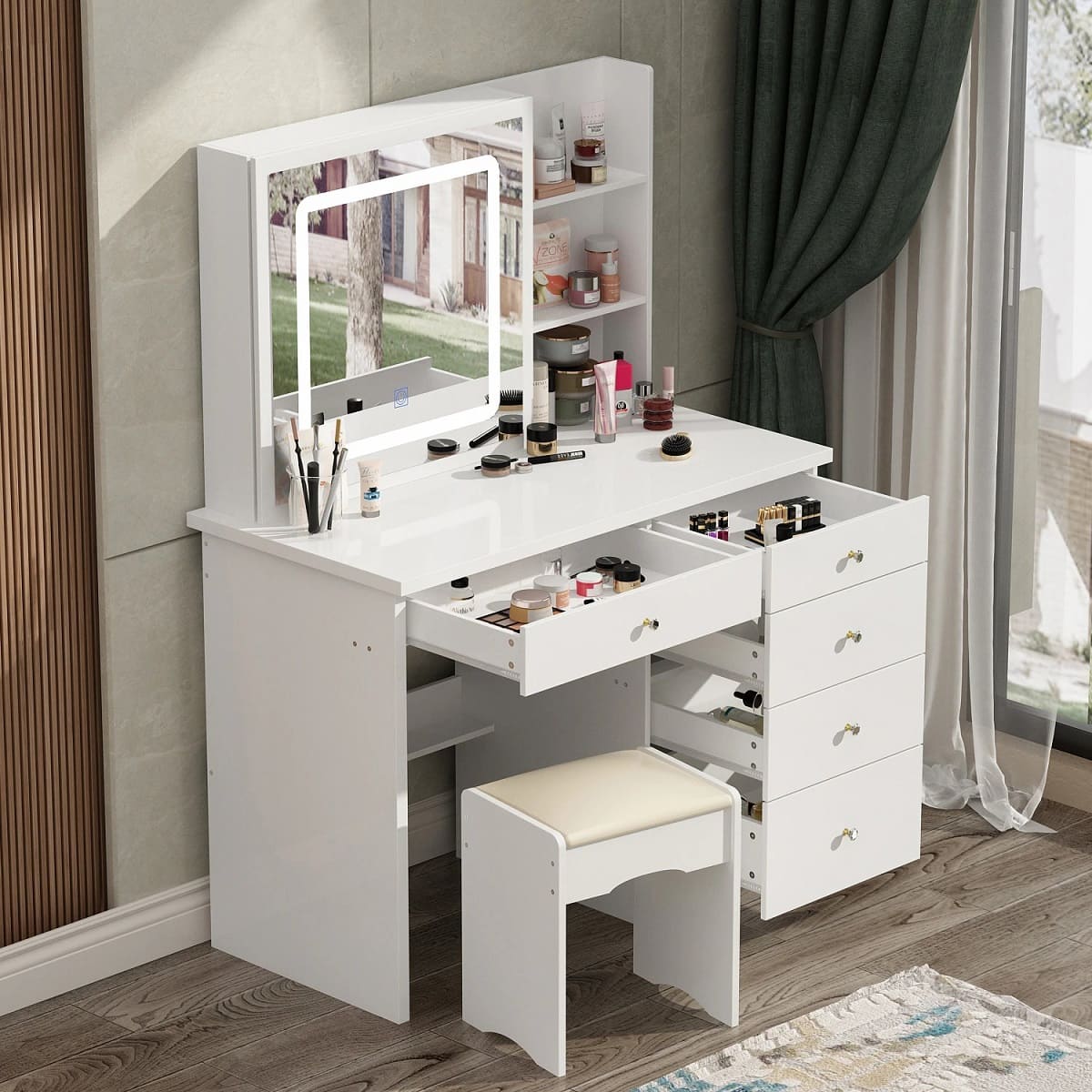

Articles
What Is A Vanity?
Modified: January 20, 2024
Learn all about vanities in this informative article. Discover the different types, styles, and functions of vanities for your home.
(Many of the links in this article redirect to a specific reviewed product. Your purchase of these products through affiliate links helps to generate commission for Storables.com, at no extra cost. Learn more)
Introduction
Welcome to the world of vanities! Vanities are more than just an essential fixture in bathrooms; they are a statement piece that adds functionality, style, and luxury to any space. Whether you are a makeup enthusiast or someone who values organized storage, a vanity is the perfect addition to elevate your home décor and streamline your daily routine.
In this article, we will delve into the world of vanities, exploring their definition, different types, benefits, factors to consider when choosing one, and how to incorporate them into your home décor. So, let’s dive in and discover the wonders of vanities.
Key Takeaways:
- Elevate your daily routine and home décor with a vanity that offers organization, efficiency, and a personalized statement piece. Choose from various types and styles to create a luxurious grooming sanctuary.
- Seamlessly integrate a vanity into your home by selecting a complementary style, creating a focal point, and adding personalized touches. Proper maintenance and care will ensure your vanity remains a stunning and practical addition to your living space.
Read more: What Is A Bathroom Vanity
Definition of a Vanity
A vanity, in the context of home furnishings, refers to a specialized piece of furniture that serves as a personal grooming station. Traditionally, vanities are equipped with a mirror, a countertop, and drawers or shelves for storage. They provide a dedicated space for individuals to perform their daily beauty and grooming rituals such as applying makeup, styling hair, and getting ready for the day.
Vanities are designed to offer both functionality and aesthetics. They provide ample surface area for organizing and displaying beauty products, accessories, and personal belongings, making them easily accessible while keeping the space clutter-free. Additionally, the mirror attached to the vanity provides proper lighting and angles for individuals to achieve their desired look.
Over the years, vanities have evolved from simple, utilitarian pieces to luxurious and stylish furniture items. They come in a wide range of designs, sizes, and materials, allowing individuals to choose one that suits their personal taste and complements their home décor.
It’s important to note that while vanities are commonly associated with bathrooms, they can also be placed in other areas of the home such as bedrooms or dressing rooms. These versatile pieces of furniture can be customized to meet individual needs and preferences, making them a valuable addition to any living space.
Now that we have a clear understanding of what a vanity is, let’s explore the different types available in the market.
Types of Vanities
When it comes to vanities, there is a wide range of options available, each with its own unique features and design elements. Here are some popular types of vanities:
- Bathroom Vanity: This is the most common type of vanity and is specifically designed for use in bathrooms. Bathroom vanities come in various sizes and styles, ranging from single-sink vanities to larger double-sink vanities. They are often equipped with drawers and cabinets for storing toiletries, towels, and other bathroom essentials.
- Makeup Vanity: Also known as a dressing table, a makeup vanity is designed specifically for individuals who enjoy applying makeup as part of their daily routine. These vanities often feature a large mirror, well-lit space, and dedicated compartments for storing cosmetics, brushes, and other beauty products.
- Floating Vanity: For those who prefer a more modern and minimalist look, a floating vanity is a great option. These vanities are wall-mounted and create the illusion of floating, giving the bathroom or dressing area a sleek and airy feel. Floating vanities are often ideal for smaller spaces as they provide a sense of openness and maximize floor space.
- Vintage Vanity: If you’re a fan of vintage aesthetics or enjoy creating a unique, nostalgic ambiance, a vintage vanity may be the perfect choice for you. These vanities typically feature ornate designs, intricate details, and antique finishes that exude charm and character. Vintage vanities can be found in various styles, such as Victorian, Art Deco, or French Provincial.
- Modern Vanity: If contemporary and sleek designs appeal to you, a modern vanity might be your ideal choice. These vanities are characterized by clean lines, minimalist aesthetics, and innovative features. They often incorporate materials such as glass, stainless steel, or acrylic to create a sophisticated and stylish look.
- Custom Vanity: For those who desire a truly unique vanity that caters to their individual needs and preferences, a custom vanity is the way to go. Custom vanities offer endless possibilities for customization, allowing you to choose the style, materials, dimensions, and storage options that perfectly suit your space and lifestyle.
These are just a few examples of the various types of vanities available on the market. The key is to explore different options and select the one that best suits your functional needs and enhances the overall aesthetic of your space.
Now that we have explored the different types of vanities, let’s move on to discuss the benefits of having a vanity in your home.
Benefits of Having a Vanity
Having a vanity in your home offers numerous benefits beyond just providing a designated space for grooming and beautification. Here are some key advantages of incorporating a vanity into your living space:
- Organization and Storage: A vanity provides ample storage space to keep your beauty products, grooming tools, and other essentials organized and easily accessible. With drawers, shelves, and compartments, you can neatly arrange your belongings, minimizing clutter and saving time when getting ready.
- Efficiency in Daily Routine: Having a dedicated area for your grooming routine makes the process more efficient and streamlined. Everything you need is within reach, from mirrors and lighting to storage for your supplies. This saves you time and effort, ensuring a smooth and hassle-free start to your day.
- Enhanced Beauty Rituals: A vanity creates a luxurious and enjoyable space to pamper yourself. The well-lit mirror and comfortable seating enable you to apply makeup, style your hair, and perform other beauty rituals with ease. You can create your own personal oasis where you can focus on self-care and feel your best.
- Improved Organization: Not only does a vanity keep your grooming products organized, but it also helps maintain an overall sense of organization in your space. By having a designated area for your beauty routine, you can avoid cluttering up other surfaces in your home.
- Personalized Décor Statement: Vanities come in a wide variety of styles, allowing you to choose one that complements your personal taste and home décor. Whether you prefer a sleek modern design, a glamorous vintage look, or a rustic charm, a vanity can serve as a statement piece, adding character and style to your space.
- Increased Property Value: Installing a vanity in bathrooms or dressing areas can significantly increase the value of your property. Potential buyers often value a dedicated grooming space, and a well-designed vanity can be an attractive feature that sets your home apart from others.
The benefits of having a vanity go beyond just functionality. It enhances your daily routine, improves organization, and adds aesthetic appeal to your living space. Whether you are preparing for a busy day or indulging in some self-care, a vanity can be your personal sanctuary.
Now that we have explored the benefits of having a vanity, let’s discuss important factors to consider when choosing the perfect vanity for your needs.
A vanity is a type of furniture that typically includes a mirror and a surface for storing cosmetics and other personal items. When choosing a vanity, consider the size of the space, the style of the room, and the storage needs.
Factors to Consider When Choosing a Vanity
Choosing the right vanity for your space requires careful consideration of various factors. Here are some important aspects to keep in mind to ensure you select a vanity that meets your needs and enhances your home décor:
- Size and Space: Before purchasing a vanity, assess the available space in your bathroom or dressing area. Measure the dimensions carefully to determine the size of the vanity that will fit comfortably without overwhelming the space. Consider the layout of your room and the placement of other fixtures to ensure proper functionality and flow.
- Style and Design: The style and design of your vanity should align with your personal taste and the overall aesthetic of your home. Decide whether you prefer a traditional, contemporary, vintage, or minimalist design. Look for design elements such as finishes, hardware, and details that complement your existing décor and create a cohesive look.
- Storage Capacity: Evaluate your storage needs and the number of items you intend to keep in your vanity. Consider the number and size of drawers, cabinets, and shelves that will provide adequate storage space for your beauty products, toiletries, and accessories. Opt for a vanity with ample storage to keep your space organized and clutter-free.
- Mirror and Lighting: The mirror is a vital component of any vanity. Consider the size, shape, and placement of the mirror to ensure it provides optimal reflection for your grooming needs. Adequate lighting is also important for accurate application of makeup and grooming. Look for vanities with built-in lighting or choose a vanity that allows you to install appropriate lighting fixtures.
- Material and Durability: The material of your vanity plays a significant role in its durability and visual appeal. Common vanity materials include wood, glass, metal, and stone. Consider the durability, maintenance requirements, and longevity of each material. Choose a material that not only suits your style but also withstands the test of time and daily use.
- Budget: Determine your budget for a vanity, taking into account factors such as quality, features, and customization options. Set a budget range and explore options within that range to ensure you find a vanity that offers the best value for your investment. Remember, a vanity should be a long-term investment, so prioritize quality and durability when making your decision.
By considering these factors, you can narrow down your options and make an informed decision when choosing a vanity. Keep in mind that each factor is important, and finding the right balance between style, functionality, and budget is key to selecting the perfect vanity for your space.
Now that we have discussed the factors to consider when choosing a vanity, let’s explore how you can incorporate a vanity into your home décor.
Read more: What Is A Freestanding Vanity
How to Incorporate a Vanity into Your Home Décor
Adding a vanity to your home décor is a fantastic way to enhance the overall aesthetics of your space while providing a functional area for grooming. Here are some tips on how to incorporate a vanity seamlessly into your home:
- Select a Complementary Style: Choose a vanity that complements the existing style and décor of your home. Consider the overall theme, color scheme, and materials used in your space. For example, if you have a modern-style décor, opt for a sleek and minimalist vanity with clean lines. If your space has a vintage-inspired look, a vanity with ornate details and antique finishes would be a better fit.
- Create a Focal Point: Make your vanity the focal point of the room by positioning it strategically. Place it against a wall that draws attention, or in front of a window to take advantage of natural light. Use decorative elements like a framed mirror, artwork, or a statement light fixture to accentuate the vanity and create visual interest.
- Add Personal Touches: Make your vanity feel personalized and reflective of your style by adding decorative accessories. Display a vase of fresh flowers, scented candles, or framed photos to bring a touch of personality to the space. Incorporate small decorative objects or trays to hold and organize your everyday essentials, adding both functionality and aesthetics.
- Consider the Surrounding Elements: Pay attention to the surrounding elements when placing your vanity. Ensure that the lighting in the area is sufficient for your grooming needs. If possible, position the vanity near an electrical outlet for convenience. Take into account the proximity to a sink or water source if you’re installing a bathroom vanity, as plumbing considerations may be necessary.
- Utilize Wall Space: Maximize the functionality and visual appeal of your vanity by utilizing wall space. Install shelves or hooks above the vanity to hold towels, jewelry, or additional storage containers. Hang a wall-mounted mirror or decorative artwork to create depth and interest. Adding a wall-mounted storage organizer can also be practical for keeping small items organized and within reach.
- Coordinate with Other Bathroom Fixtures: If you’re incorporating a vanity into your bathroom, ensure that it coordinates with existing fixtures such as the sink, bathtub, or shower. Aim for a cohesive look by choosing similar finishes or materials for faucets, showerheads, and other hardware. This will create a harmonious and well-coordinated bathroom design.
By following these tips, you can seamlessly integrate a vanity into your home décor, creating a functional and visually appealing space for your grooming needs. Remember to balance style and functionality to achieve the perfect blend that enhances your living environment.
Now that you know how to incorporate a vanity into your home décor, let’s explore some tips for maintaining and caring for your vanity.
Maintenance and Care for Your Vanity
Ensuring proper maintenance and care for your vanity will not only prolong its lifespan but also keep it looking pristine and well-maintained. Here are some essential tips to help you maintain and care for your vanity:
- Cleaning: Regularly clean your vanity to remove dust, dirt, and spills. Use a soft cloth or sponge with mild soap and water to wipe down the surfaces. Avoid using harsh chemicals or abrasive cleaners that can damage the finish. For stubborn stains, use a gentle cleaner recommended by the manufacturer or consult a professional.
- Protective Measures: Prevent damage to your vanity by using protective measures. Place coasters or trays under bottles, makeup containers, and hot styling tools to avoid direct contact with the vanity surface. Use a trivet or mat under hot items to avoid heat damage. Be cautious with sharp objects to prevent scratches.
- Mirror Care: Clean the mirror regularly with a non-abrasive glass cleaner to keep it clear and smudge-free. Avoid using harsh chemicals or abrasive materials that can damage the mirror’s finish or frame. Use a lint-free cloth or microfiber cloth to wipe the mirror, moving in gentle, circular motions for streak-free results. If the mirror becomes foggy, use a mixture of equal parts water and vinegar to clean it.
- Hardware Maintenance: Check the hardware on your vanity regularly to ensure it is secure and functioning properly. Tighten any loose screws or handles as needed. If you notice any damage or corrosion in the hardware, consider replacing it to maintain the overall aesthetics and functionality of your vanity.
- Preventing Water Damage: If your vanity is located in a bathroom or near water sources, take steps to prevent water damage. Wipe up any spills immediately to avoid moisture seeping into the vanity’s wood or damaging the finish. Ensure proper ventilation in the bathroom to prevent excessive moisture buildup that can lead to warping or mold growth.
- Periodic Maintenance: Periodically inspect your vanity for any signs of wear or damage. Check for loose or weak joints, cracked surfaces, or fading finishes. Address any issues promptly to prevent further damage or deterioration. Consider refinishing or resealing if necessary, following the manufacturer’s instructions or seeking professional help.
By following these maintenance and care tips, you can keep your vanity in optimal condition for years to come. Regular cleaning, preventive measures, and periodic maintenance will ensure that your vanity remains functional, visually appealing, and a mainstay in your home décor.
Now that we have covered maintenance and care, let’s conclude our exploration of vanities.
Conclusion
Incorporating a vanity into your home décor not only adds functionality but also elevates the overall aesthetic appeal of your space. Whether you choose a bathroom vanity, makeup vanity, floating vanity, vintage vanity, modern vanity, or opt for a custom-designed piece, a well-chosen vanity can transform your daily grooming routine into a luxurious experience.
With various types and styles available, it’s important to consider factors such as size, style, storage capacity, mirror and lighting, material, and budget when selecting a vanity. By carefully evaluating these factors, you can find the perfect vanity that suits your needs, preferences, and complements your existing home décor.
Benefits of having a vanity go beyond just functionality. From providing organization and efficiency in your daily routine to enhancing your beauty rituals, a vanity becomes a personal sanctuary where you can express your style and indulge in self-care.
To incorporate a vanity into your home décor seamlessly, consider selecting a complementary style, creating a focal point, adding personalized touches, and utilizing wall space effectively. By paying attention to these details, you can integrate your vanity harmoniously into your living space, making it a stunning and practical addition to your home.
Just like any furniture piece, proper maintenance and care are essential to keeping your vanity in excellent condition. Regular cleaning, protective measures, mirror care, hardware maintenance, preventing water damage, and periodic maintenance are key to preserving the beauty and functionality of your vanity.
Whether it’s for your bathroom, dressing room, or bedroom, a vanity adds both practicality and elegance to your living space. Invest in a quality vanity and embrace the luxurious experience it brings to your daily routine. Transform your grooming and beautification rituals into moments of self-care and make your vanity the centerpiece of your home décor.
Now that you are armed with knowledge about vanities, go ahead and start exploring the options available. Find the perfect vanity that suits your style, fits your needs, and adds a touch of elegance to your living space.
Frequently Asked Questions about What Is A Vanity?
Was this page helpful?
At Storables.com, we guarantee accurate and reliable information. Our content, validated by Expert Board Contributors, is crafted following stringent Editorial Policies. We're committed to providing you with well-researched, expert-backed insights for all your informational needs.
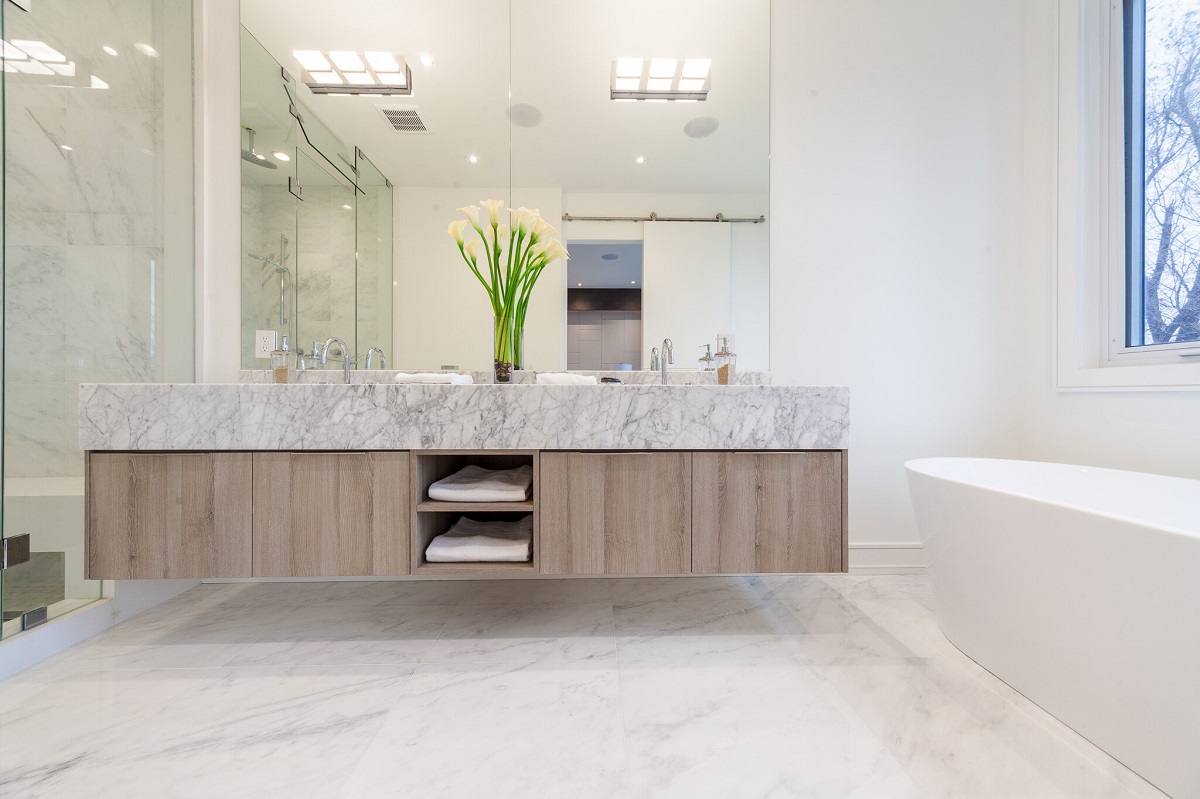
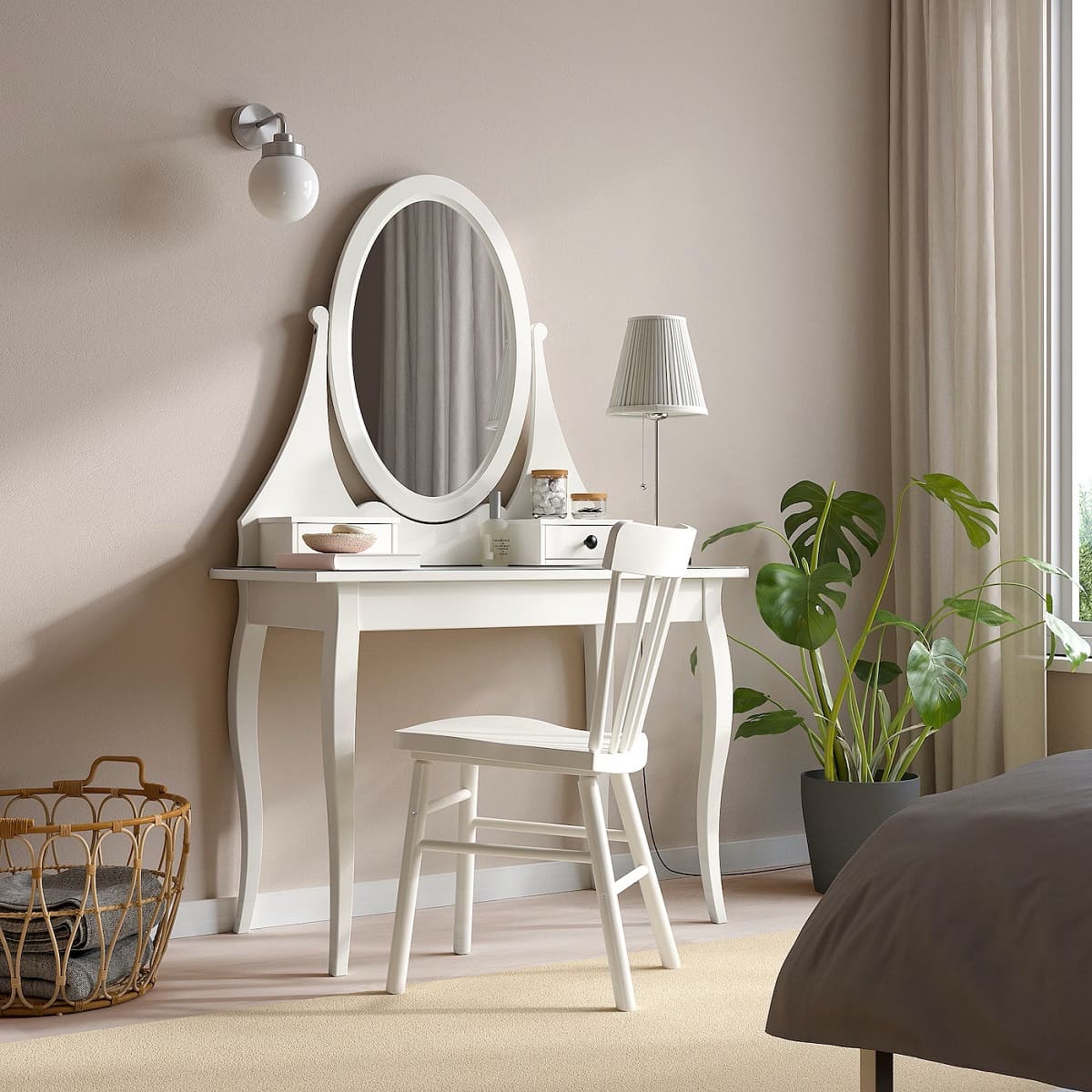
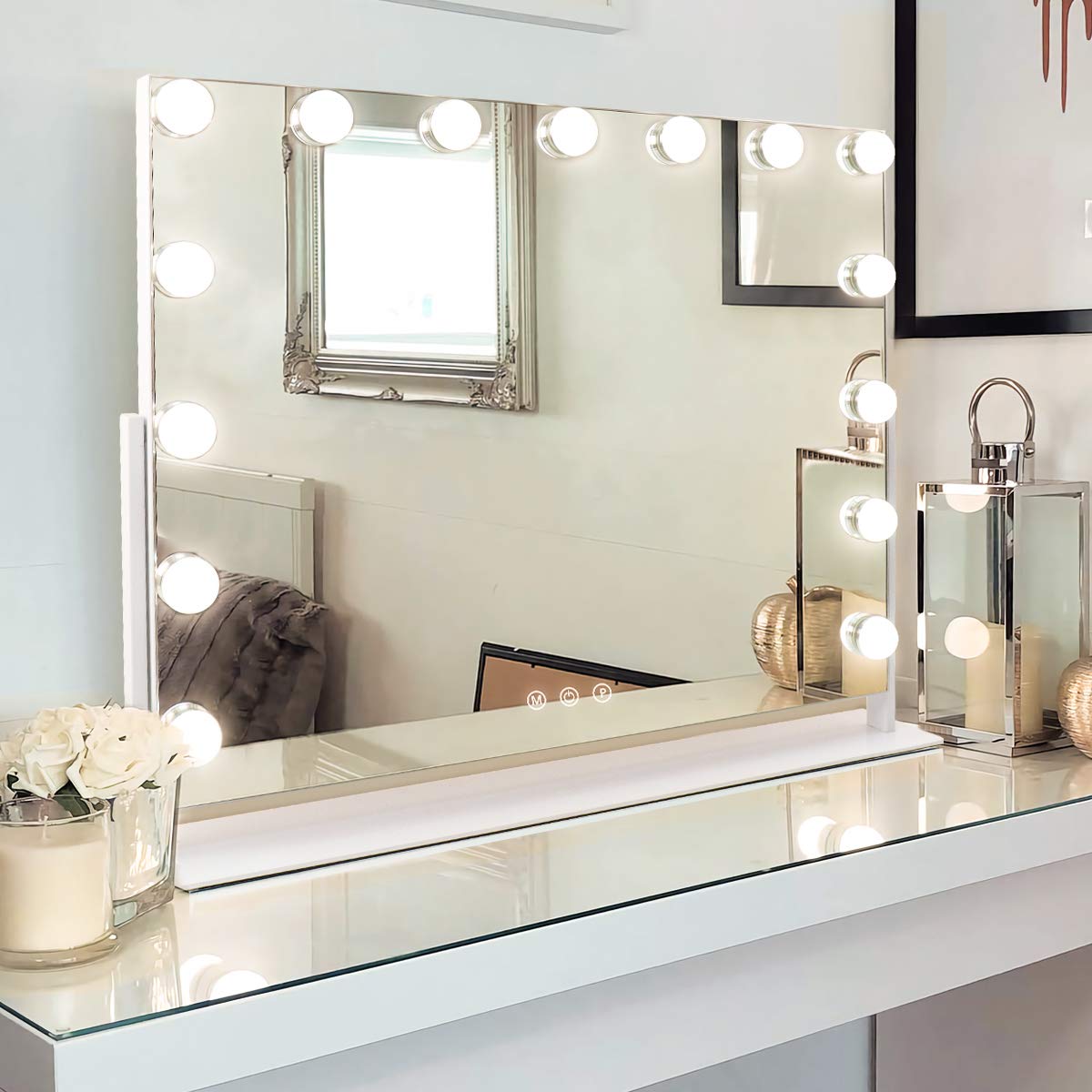
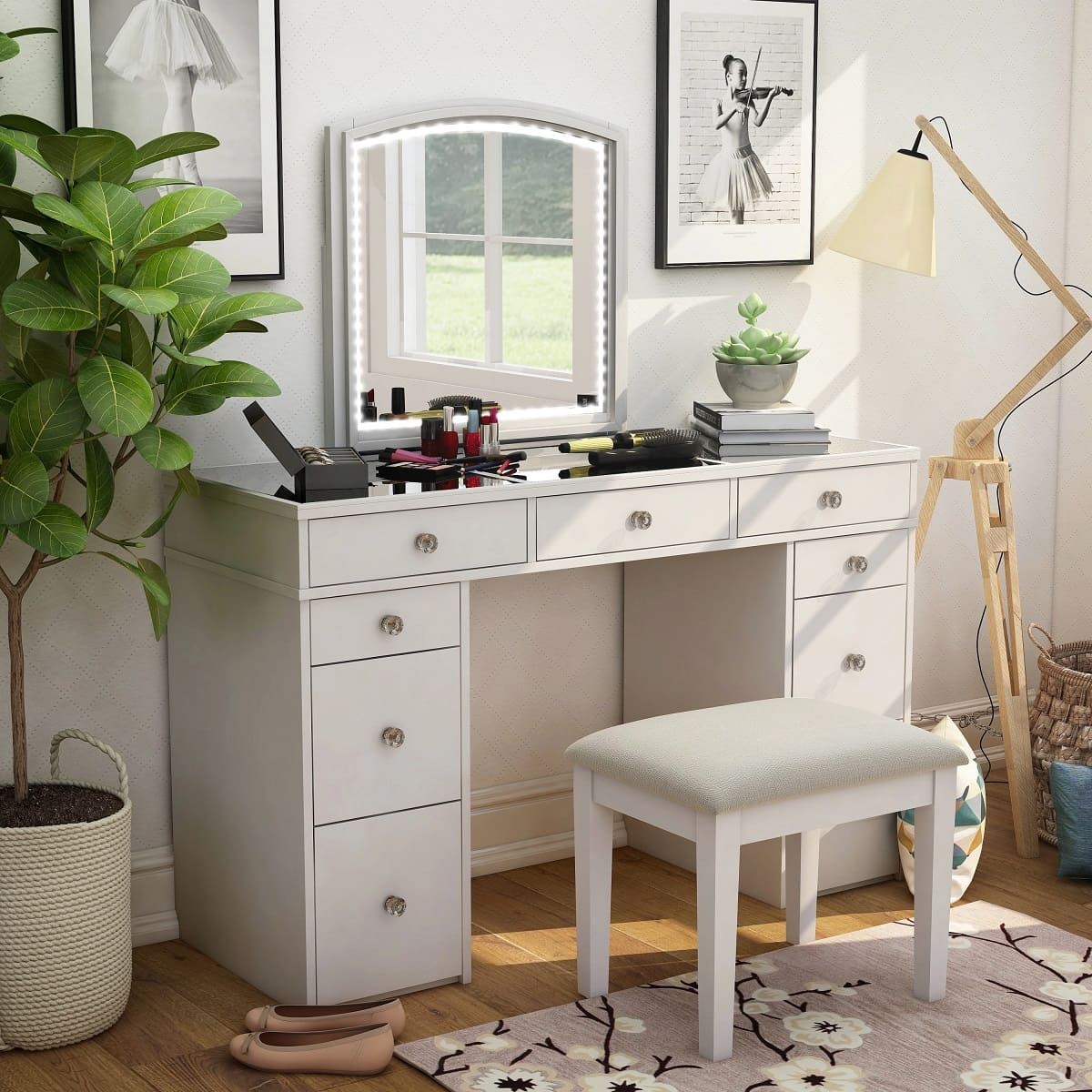
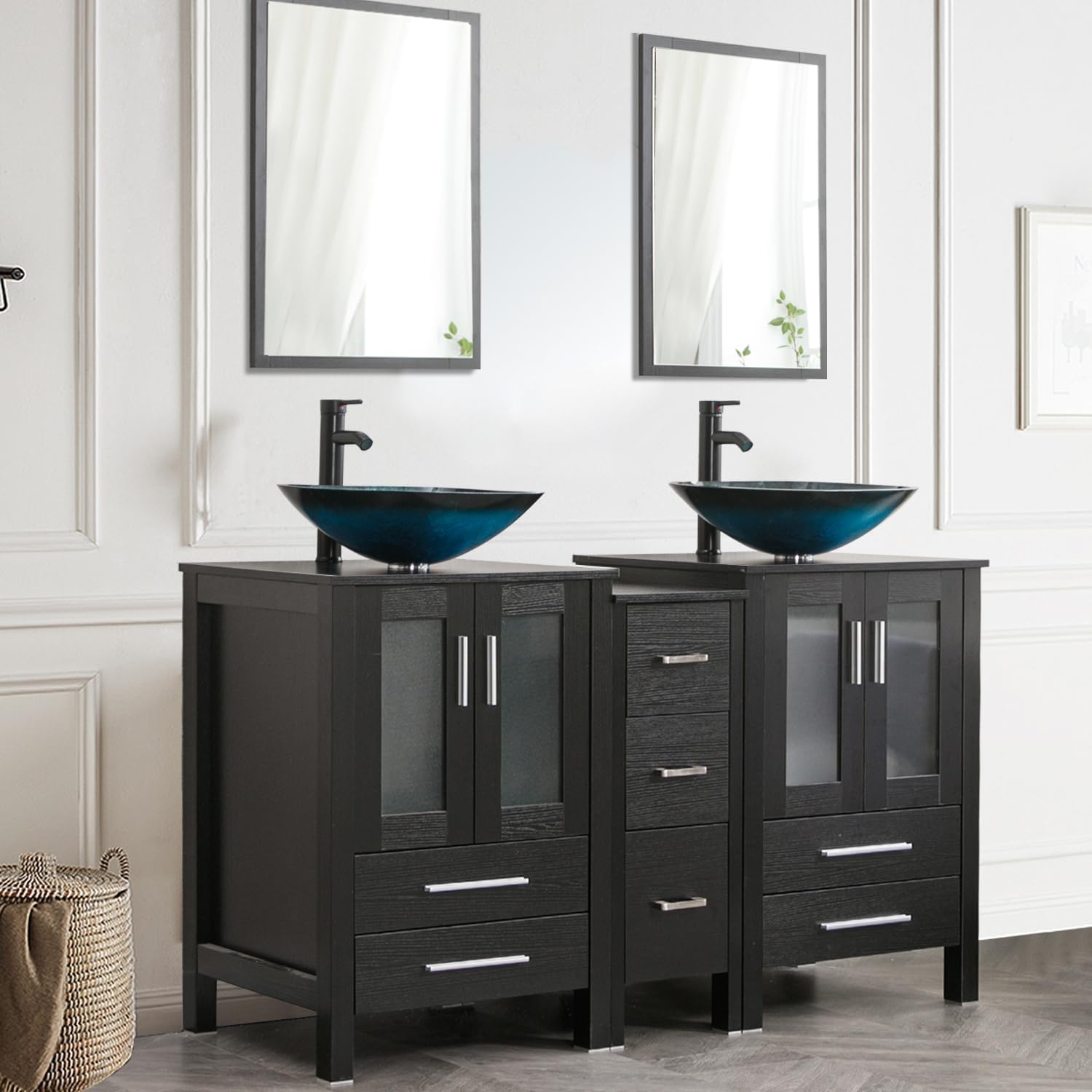
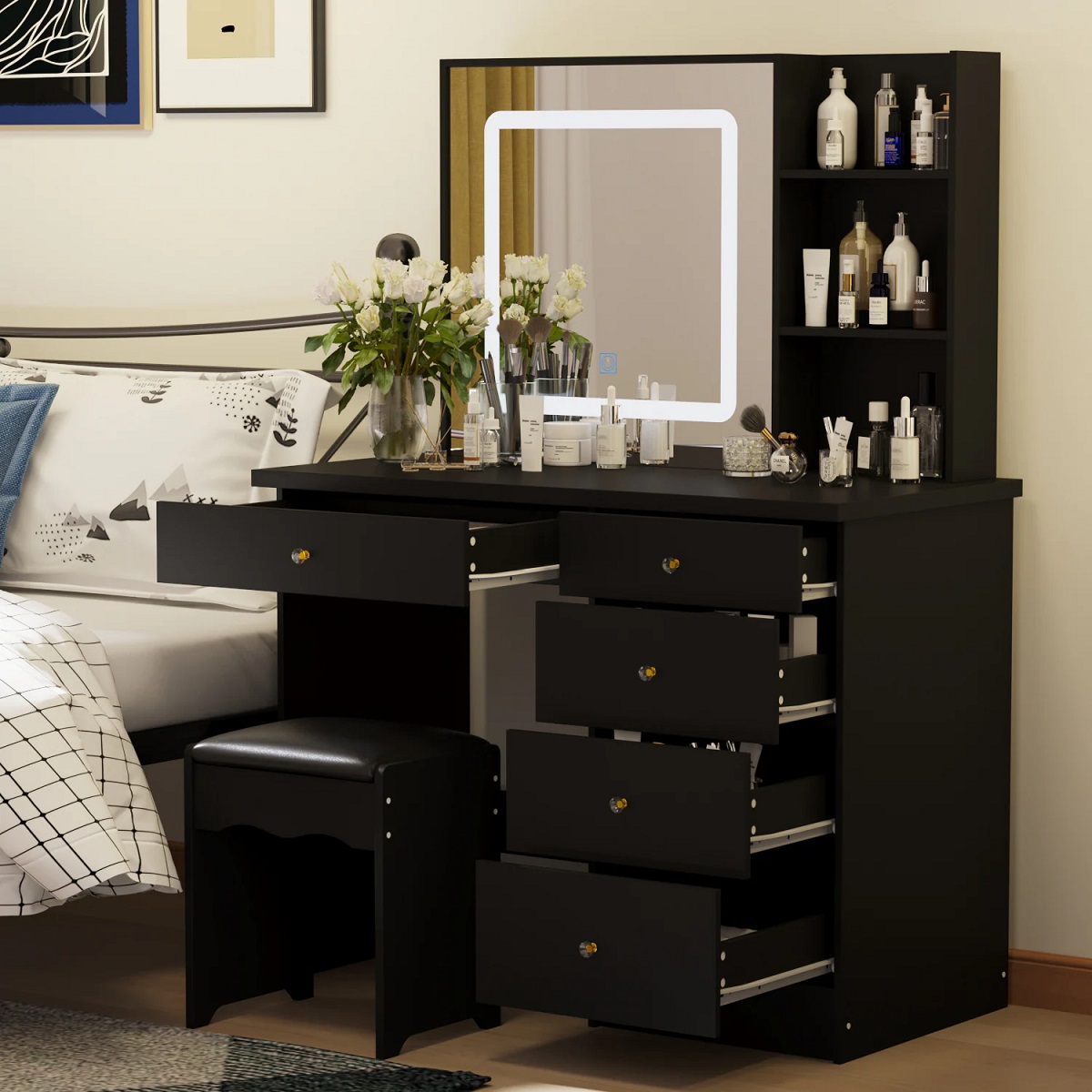
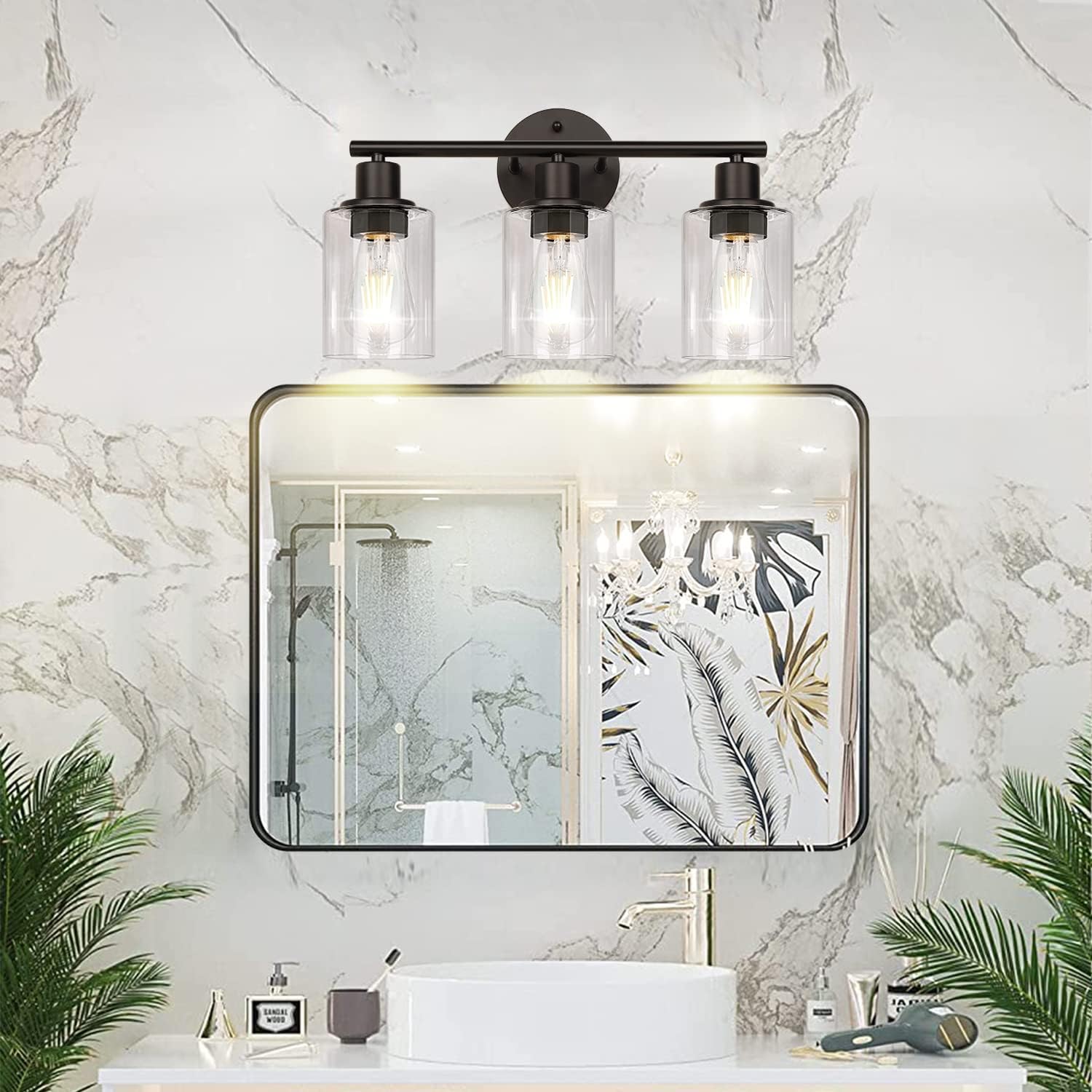
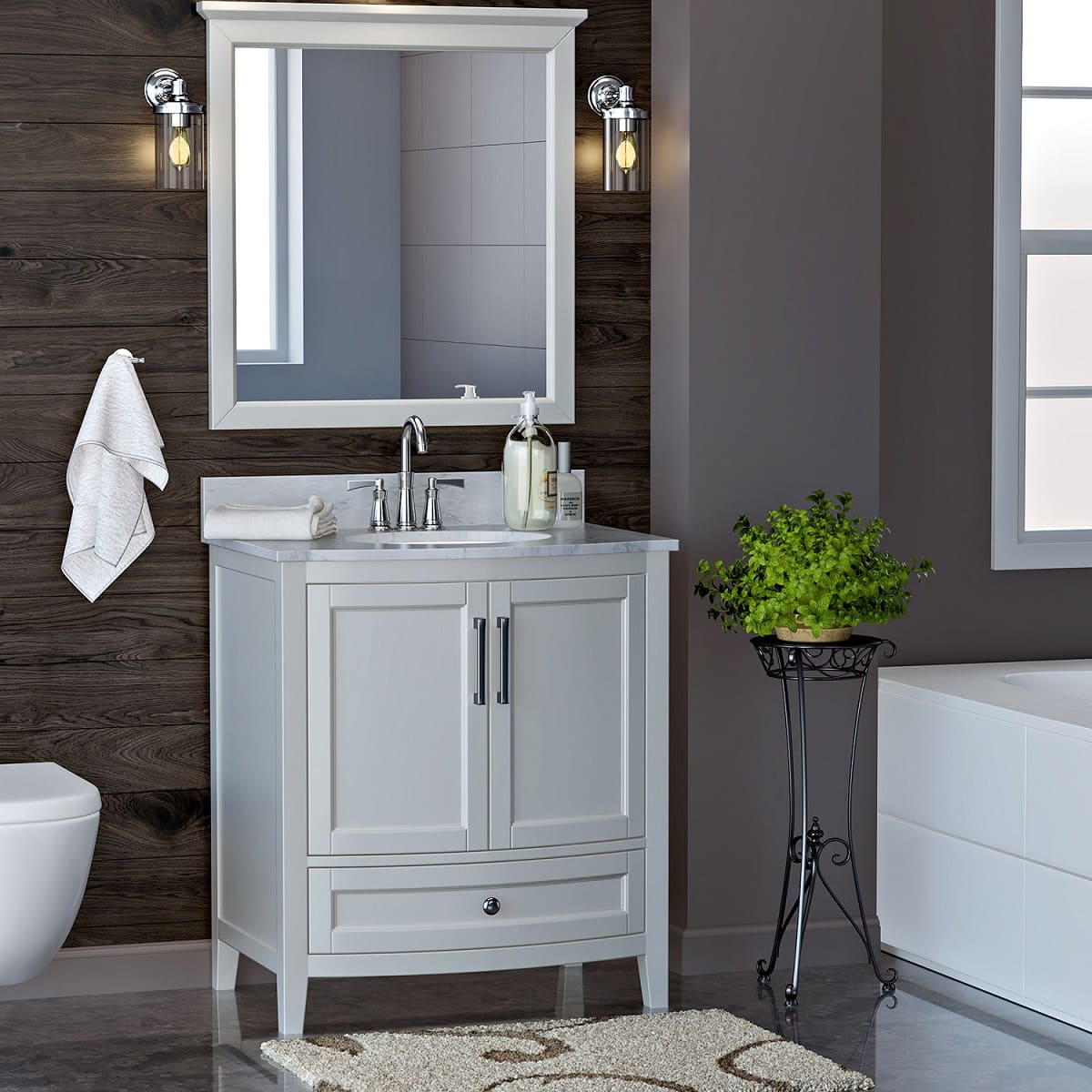
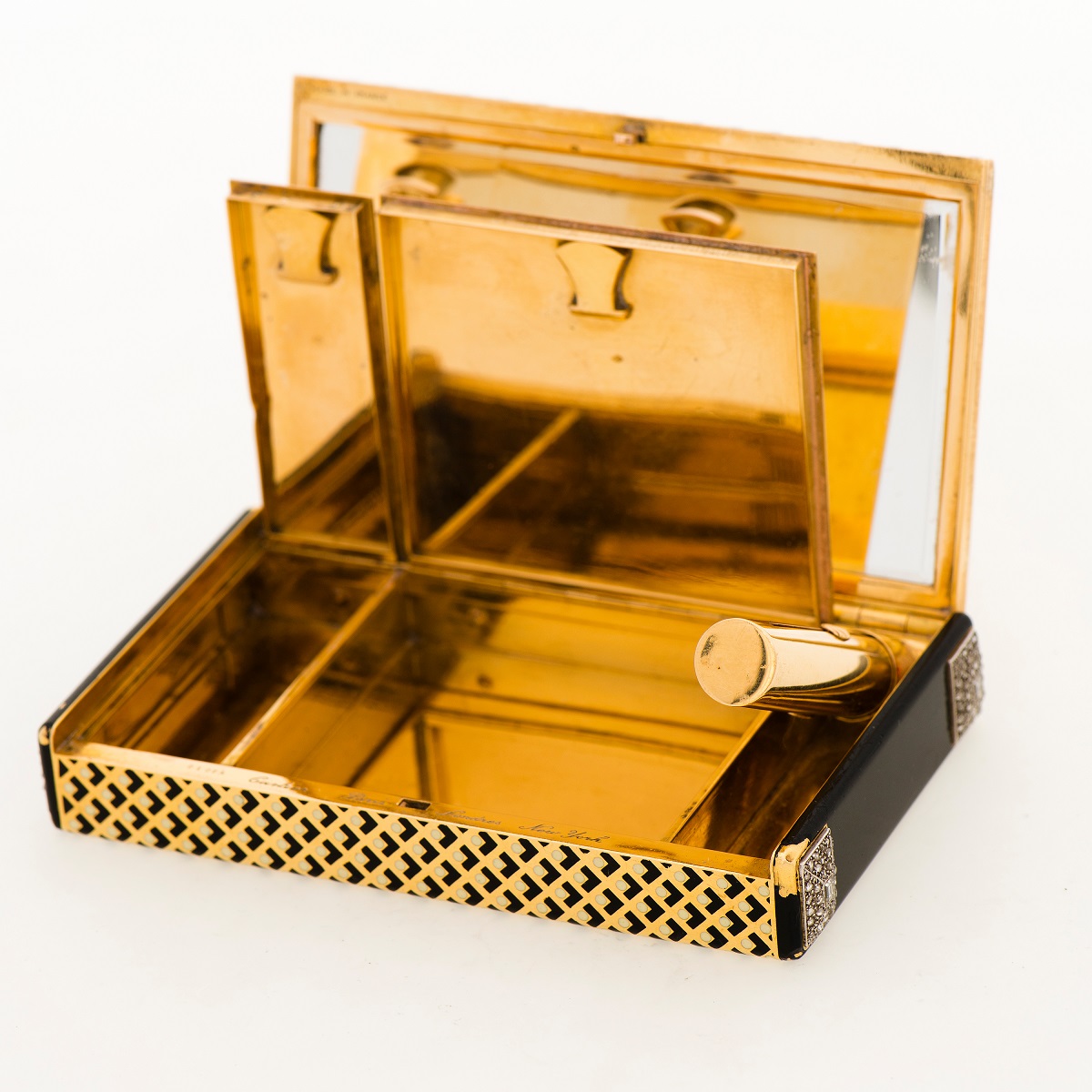
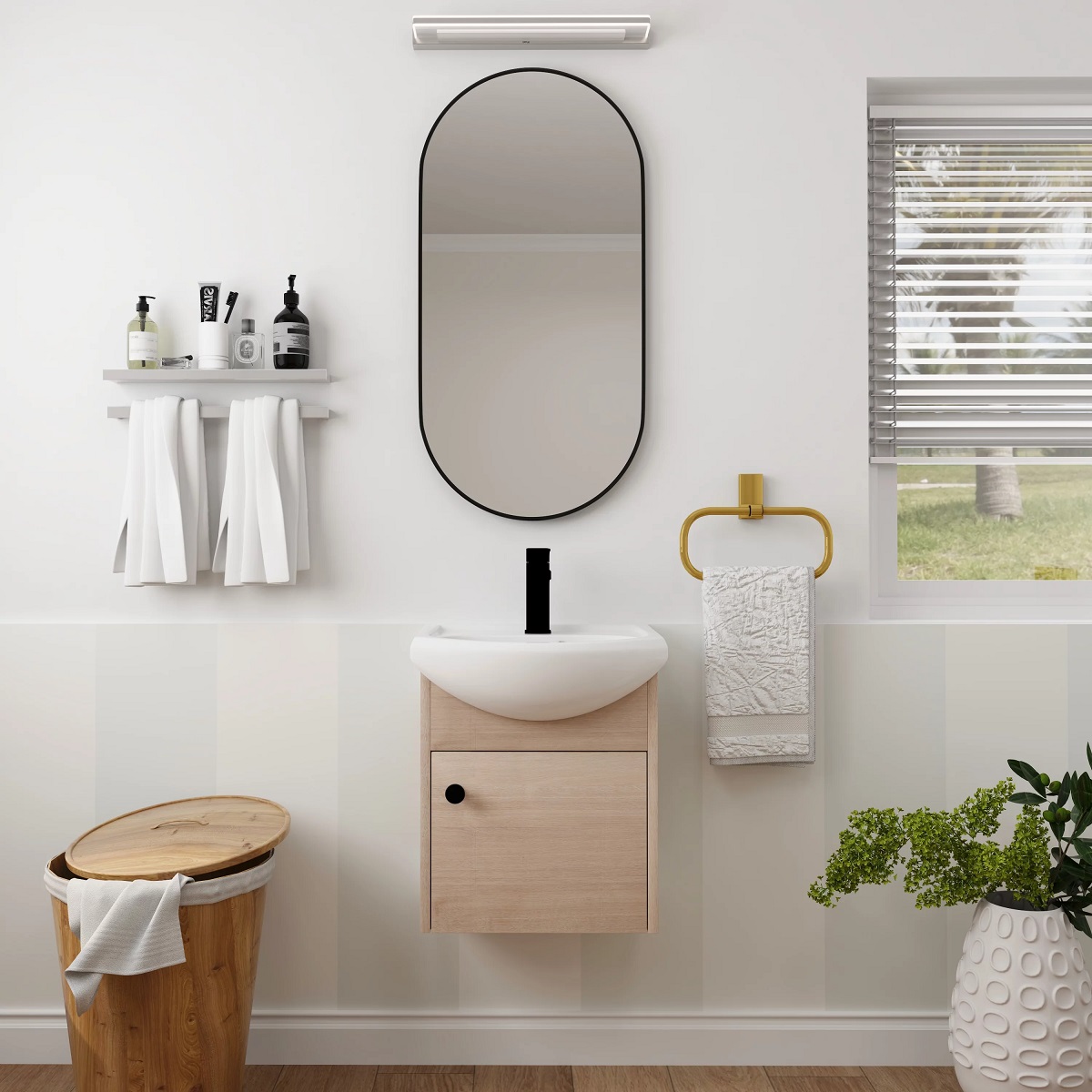
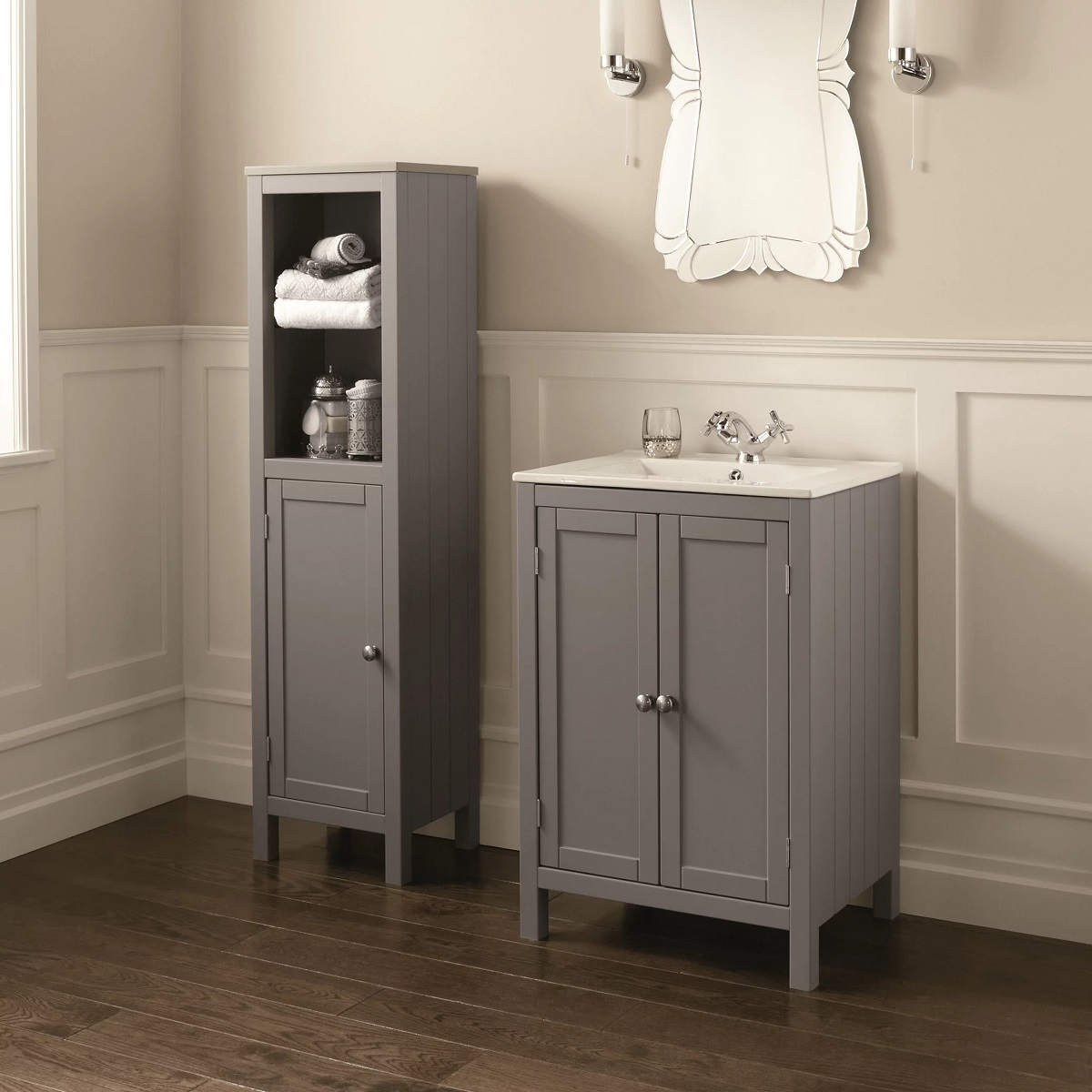
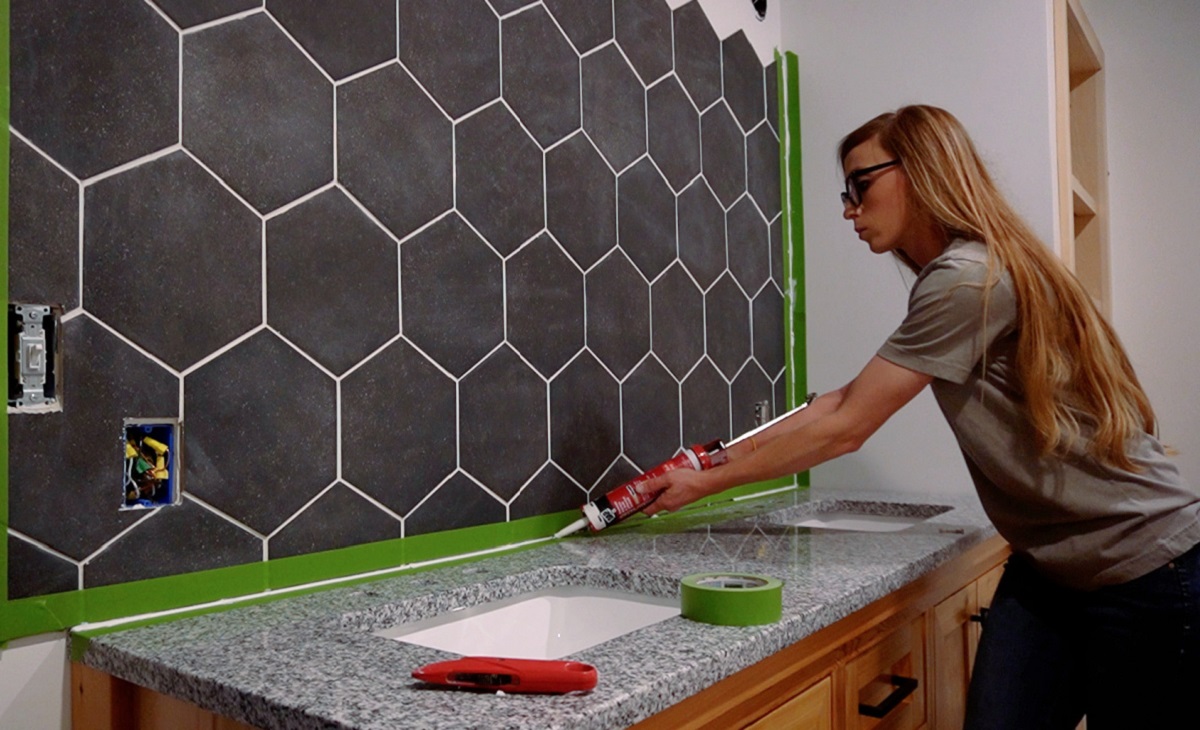
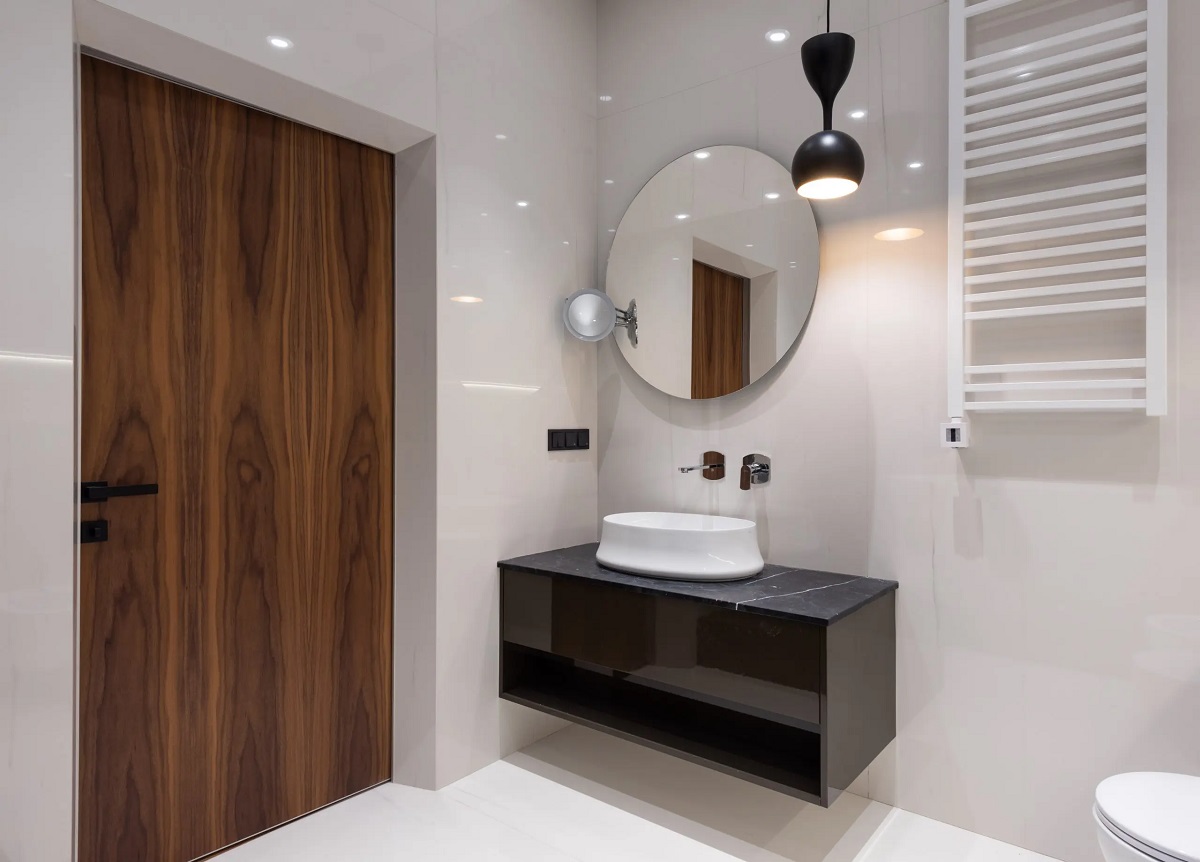
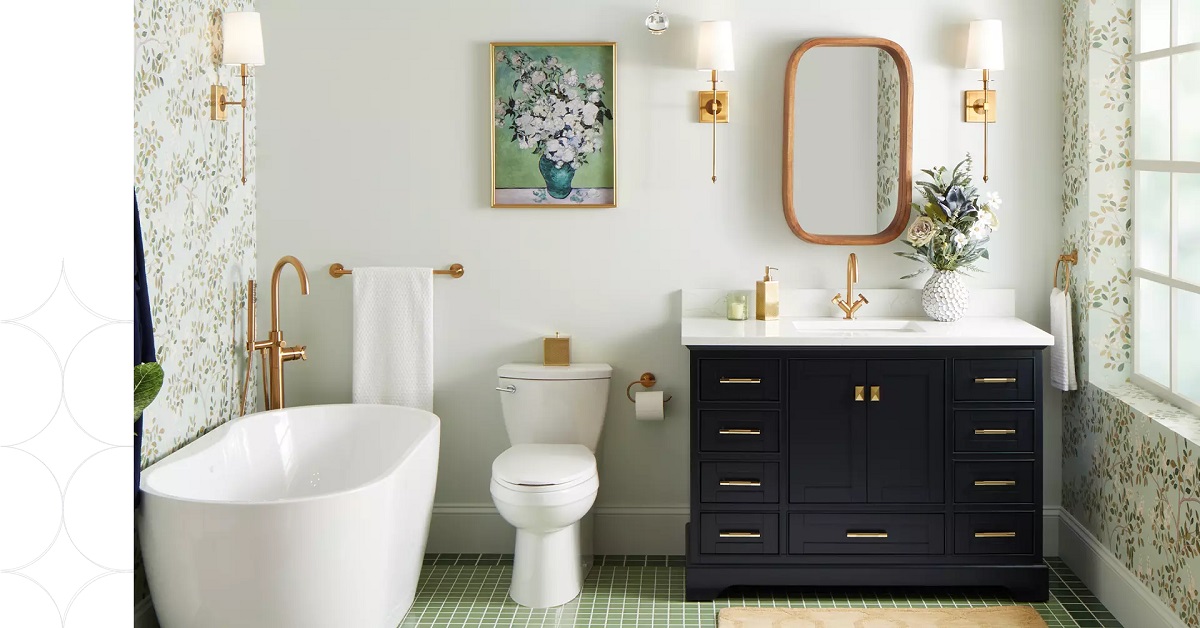

0 thoughts on “What Is A Vanity?”